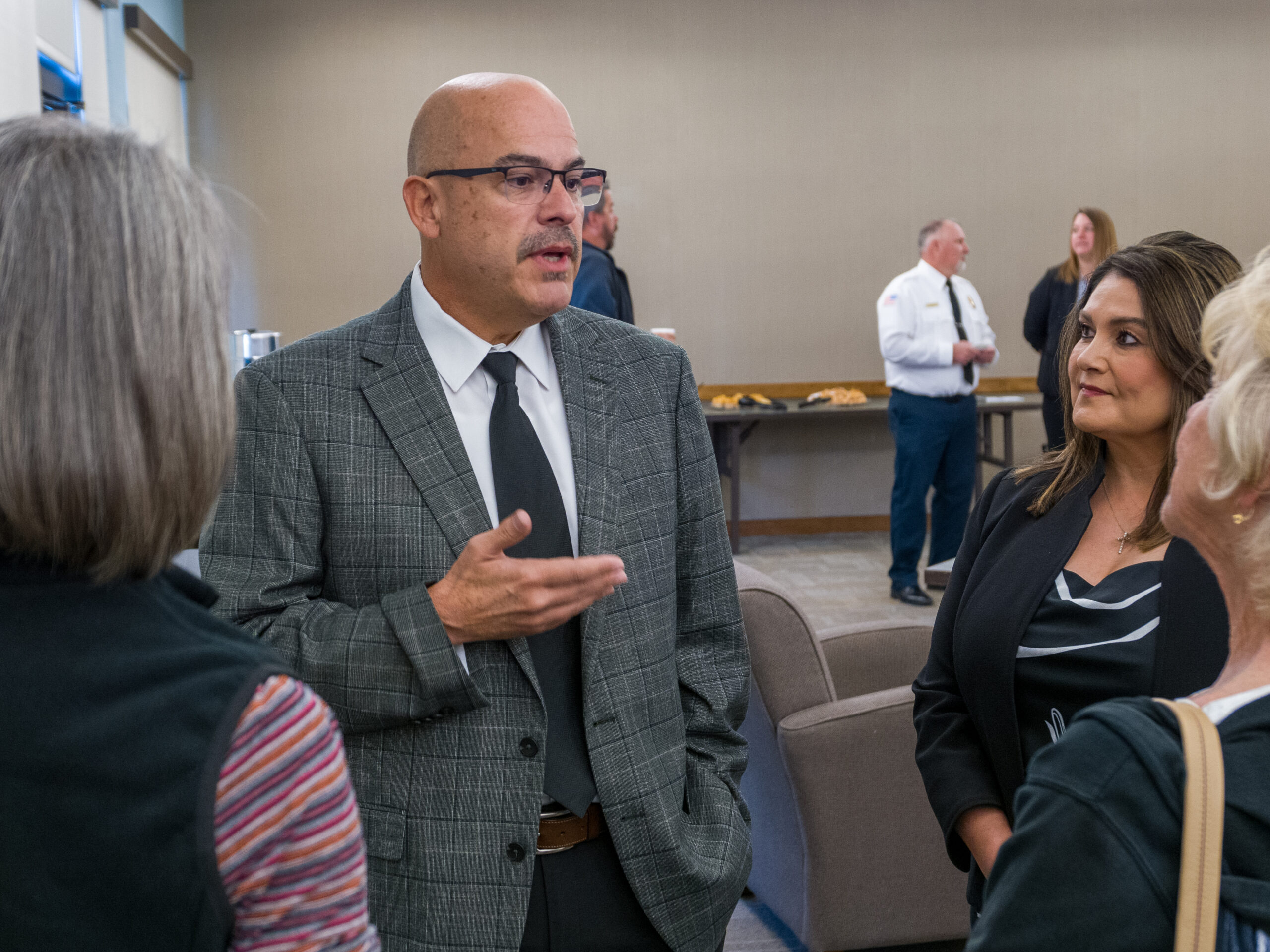Imagine waking up in a world without information provided by newspapers. Not merely the printed newspaper that appears in your driveway or you pick up in a rack at your coffeeshop, gas station or grocery store, but all the news online, the news links on your social media feed, the newsletter in your email inbox, the source an anchor cites in the evening television broadcast or the push notification that pops up on your smartphone.
The word “newspaper” no longer reflects a single subscription product, but the entire media industry.
“We are living in the age of information,” said David Chavern, president & CEO of News Media Alliance and a co-sponsor of National Newspaper Week. “According to a University of Southern California study, Americans are absorbing five times more information a day than in 1986.
“As the demand for quality news grows, storytelling evolves. I think that we have only just begun to explore the incredible upside of new tools in telling compelling news stories. What if we could not only tell people about Syria but also put them there virtually to experience some aspects for themselves?”
“All evidence shows that people of all ages want and consume more news than ever. We need to focus on new ways to address the needs of audience.
“Legacy newspapers are considered trusted sources of information; we must continue to keep that trust as we experiment in the digital age.
“Live streaming, social media and video are just tools for better stories as journalists fight to keep readers in the know.”
Newspapers and news outlets are also vital parts of the social community that they serve. Readers discuss news stories with neighbors and friends. They cut out photos of their children and grandchildren who appear on the newspaper’s pages. They share local news stories on Facebook and social media. They send clips of columns they find interesting to friends around the country. They check out calendars and schedules to see what concerts, plays, events, festivals and meetings to attend. They compare profiles of candidates running for office. They read editorials that critique government decisions and public officials.
They buy advertisements to announce and boost their business, praise their best employees, celebrate births, weddings, graduations and anniversaries, attract residents to festivals, performances and events, announce sales and specials, speak out in letters to the editor and honor their loved ones in obituaries and memorials.
Newspapers deeply invested in the community don’t just survive the ups and downs of the economy, but flourish.
Larson Newspapers has served Sedona and the Verde Valley for 53 years. We have not only reported on how our communities have grown over the decades, but also helped make significant changes with donations to and coverage of nonprofits, sponsorships of public events, advocacy of community improvements and dogged critical analysis of our elected officials and their decisions involving our public tax dollars.
Newspapers will continue to evolve as technology makes it easier to better inform the communities around us, but a world without newspapers is almost impossible to imagine.



